At Lucainena de las Torres in the Sierra Alhamilla the restored Hornos de Calcinación preserve some of the industrial heritage of Almeria
By Nick Nutter | Updated 21 Sep 2022 | Almería | Places To Go |
Login to add to YOUR Favourites or Read Later
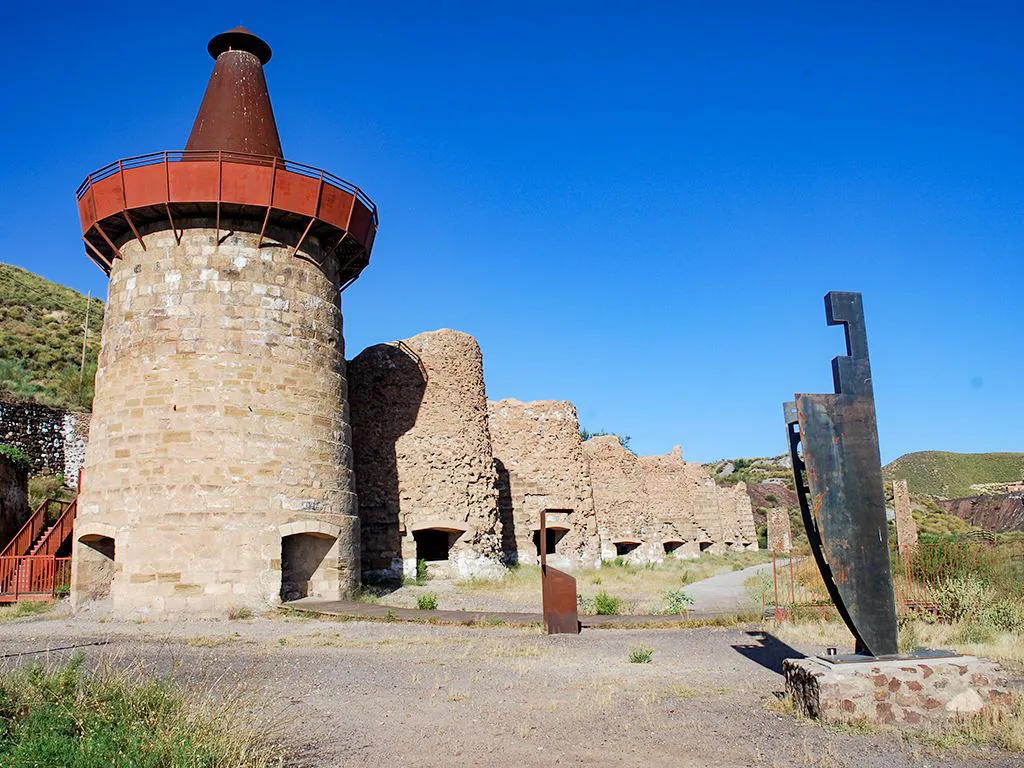
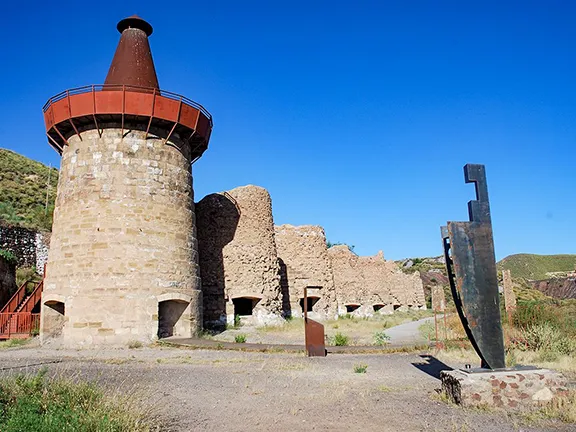
Hornos de Calcinacion at Lucainena de las Torres
In the middle of the 19th century, a mining boom hit Andalucia. Copper, lead and iron were eagerly sought by prospectors from mining companies based in just about every industrialised country in Europe. It soon became apparent that the Sierras in Andalucia had rich reserves of metallic ores. One such Sierra is the Sierra de Alhamilla in Almeria province.
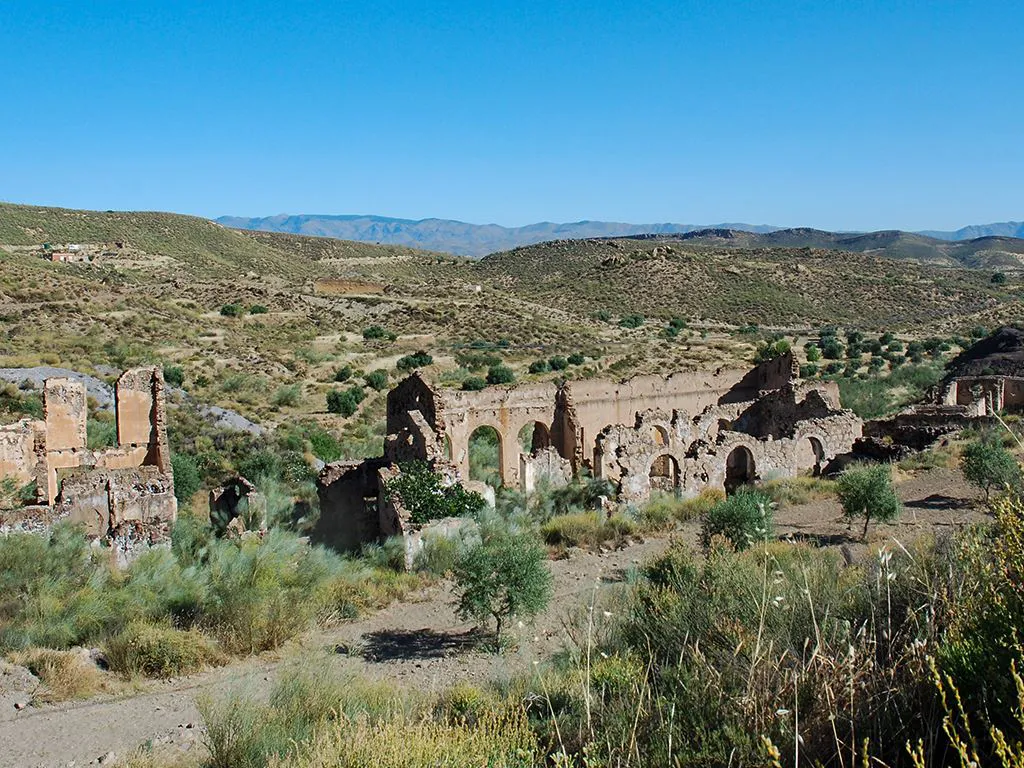
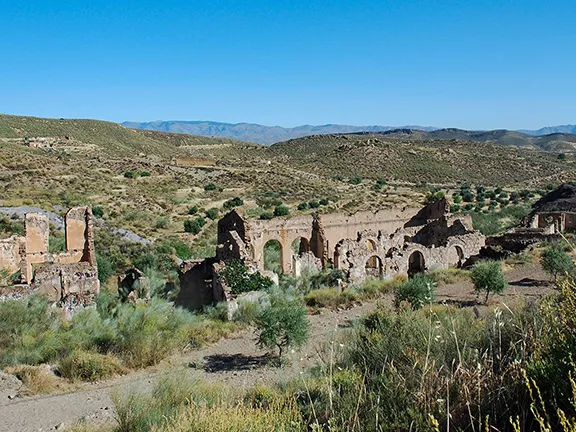
Mine workings at Lucainena de las Torres
The ruins of the old mines, the crumbling pillars used to support the aerial cableways that transported the ore down to the valleys, roofless mining buildings and the rusting rails of narrow gauge railways are scattered over the hills and mountains. It is difficult to translate the remains into a cohesive picture of what once was.
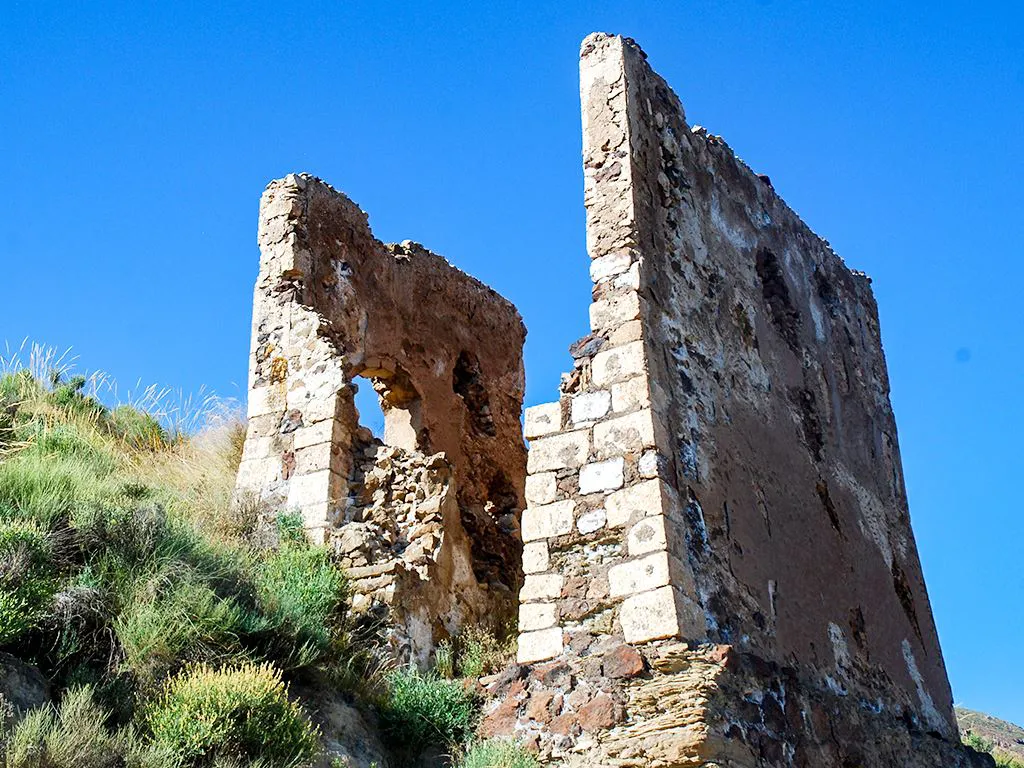
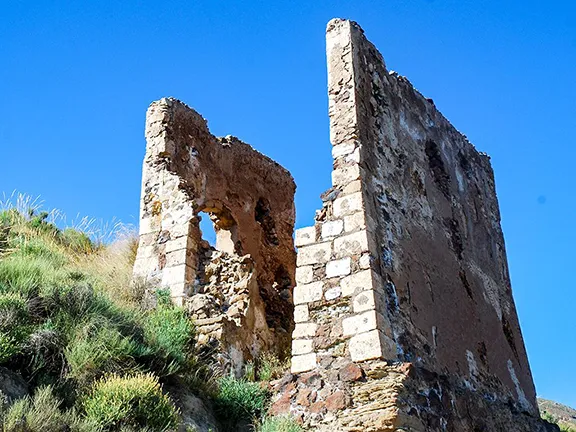
Aerial cableway pillar at Lucainena de las Torres
At Lucainena de las Torres on the northern flanks of the Sierra Alhamilla, an effort has been made to preserve part of the industrial heritage. In 2006, one of the eight kilns used to process iron ore was renovated.
The stone kilns, lined with firebrick, were originally built in 1900. Small ore hoppers from the mines unloaded their cargo above the kilns. There the ore was sorted by hand and the richest chunks were put into special hoppers with side opening doors. These transported the ore, along narrow tracks, to the top of the kilns where the ore was tipped inside. Alternating layers of ore and charcoal filled the kiln at which point the charcoal was set alight to ‘cook’ the ore. The Sierra de Alhamilla, once wooded, is now virtually barren as a result of the charcoaling.
Once cooked and cooled, the ore was removed from the bottom of the kiln and again sorted by hand. The richest ore was transported in wheelbarrow to be then loaded into hoppers on the narrow-gauge railway line that took the ore to Agua Amarga and from there, by ship, to northern Europe.
Each kiln could process 50 tonnes of ore each day.
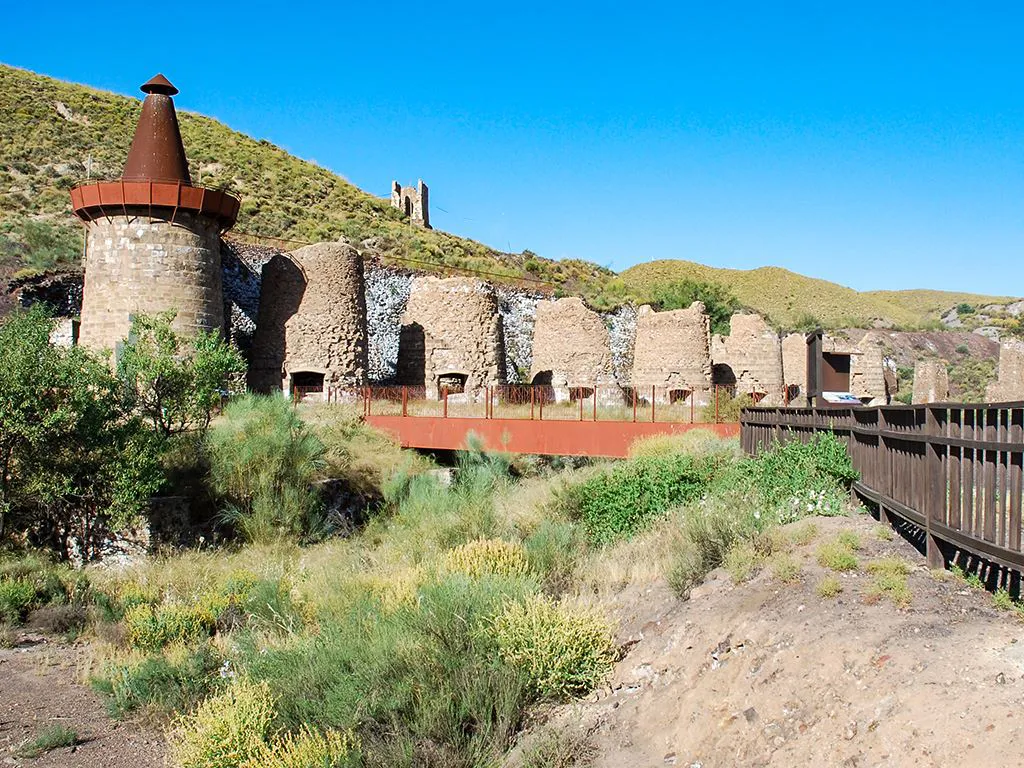
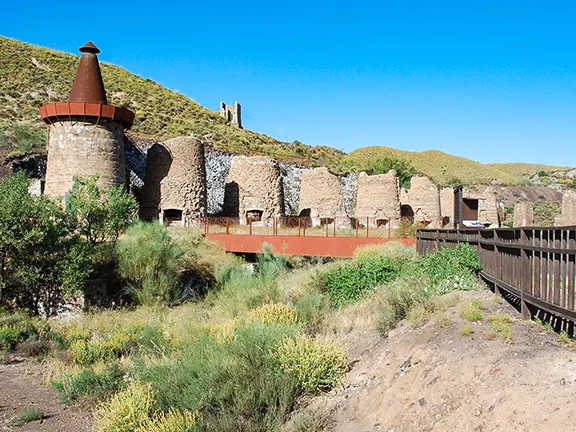
Narrow Gauge rail bed at Lucainena de las Torres
The narrow-gauge railway was built between 1894 and 1896 by the Sierra Almahilla Mining Company. The 36 kilometre long line had three stations along its length, at Peralejos, Camarillas and Palmerosa, to provide watering points and passing places for the trains.
The engines were small, 280 horsepower, steam engines, each with its own name. Each could pull 20 trucks, 200 tonnes of ore per train. Sometimes the trains also pulled a special carriage designed for the senior management of the mines.
Between 1896 and 1931, some 3,795,569 tonnes of ore were transported down to Agua Amarga. The end of the mining boom signaled the end of the railway that pulled its final load in 1941.
The terminus at Lucainena de las Torres is just below the kilns. The loading dock above the rail bed is just visible through encroaching vegetation.